Wet-plate photography was the style of photography utilized during the American Civil War. It took a lot of time and effort to take the pictures. Photographers had to bring a cart with all of their bulky equipment, including a mobile darkroom, to the battleground. On the battlefield, the cameras were bulky and challenging to maneuver. Collodion was the name of the mixture of chemicals employed in the process. This mixture required the manual mixing of hazardous substances like sulfuric acid, acetic acid, and ethyl ether.
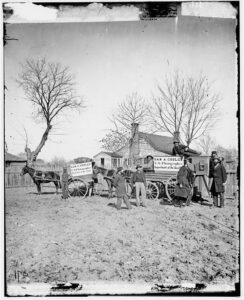
The plate was introduced into the camera after being sealed inside a container. The photographer then opened the camera’s cap for two to three seconds so that it could be exposed to light and the plate could be imprinted with the image. The plate glass was placed in a bath of pyrogallic acid after the cap was restored and while still in its light-tight container. To prevent the image from fading, a solution of sodium thiosulfate was added. The glass was then washed, dried, and varnished. The negative was produced by this procedure, and the printed on paper.
Glass panes coated with a chemical solution served as the negative in the wet plate collodion method of producing photographs. It was the photography technique in use throughout the Civil War, and it was a rather challenging process.
Frederick Scott Archer, a British amateur photographer, developed the wet plate technique in 1851. Archer was frustrated by the cumbersome calotype photography technique of the day and set out to create a more straightforward approach for creating a photographic negative.
He discovered the wet plate technique, also called the “collodion process.” The syrupy chemical concoction that was used to coat the glass plate is referred as as collodion.
There were clear restrictions imposed by the procedures involved in the wet plate process and the high level of competence needed. From the 1850s to the late 1800s, wet plate photographs were almost exclusively taken in studio settings by trained professionals. Even during the Civil War or later during excursions to the West, images shot in the field required the photographer to go with a wagon full of equipment.
The wet plate method made it hard to capture battlefield activity on camera. Compared to earlier photographic techniques, the process allowed for a shorter exposure time, but it still needed the shutter to be open for several seconds. Because any activity would blur, wet plate photography could not be used for action photos.
Since subjects had to keep a pose for the duration of the exposure, there are no fighting images during the Civil War.
Additionally, there were significant challenges for photographers working in a camp or on a battlefield. The chemicals needed for processing and developing the negatives were cumbersome to transport. Additionally, hauling the fragile glass negatives in horse-drawn wagons offered a number of challenges.
Typically, a photographer would bring along an assistant who mixed the chemicals, like Alexander Gardner did when he captured the carnage at Antietam. The photographer could position the camera on its bulky tripod and set up the shot while the assistant was inside the wagon prepping the glass plate.
Each photograph taken during the Civil War would have taken roughly ten minutes to prepare and develop, even with a helper.
Additionally, there was always a risk of a negative cracking after a photo was taken and the negative was corrected. Alexander Gardner’s iconic shot of Abraham Lincoln exhibits damage from a crack in the glass negative, and other images from the same era display comparable faults.

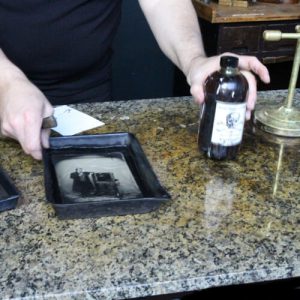
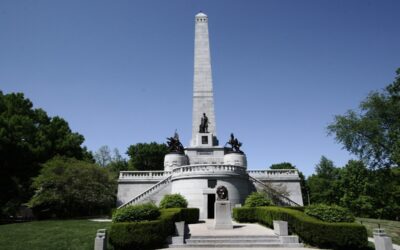
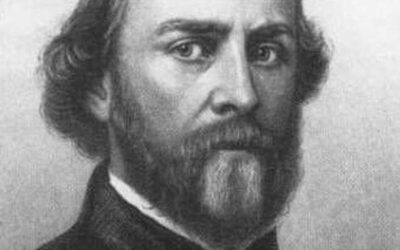
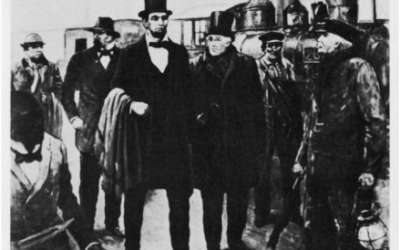
0 Comments